Home>Gardening & Outdoor>Outdoor Entertaining>How To Grill On A Fire Pit
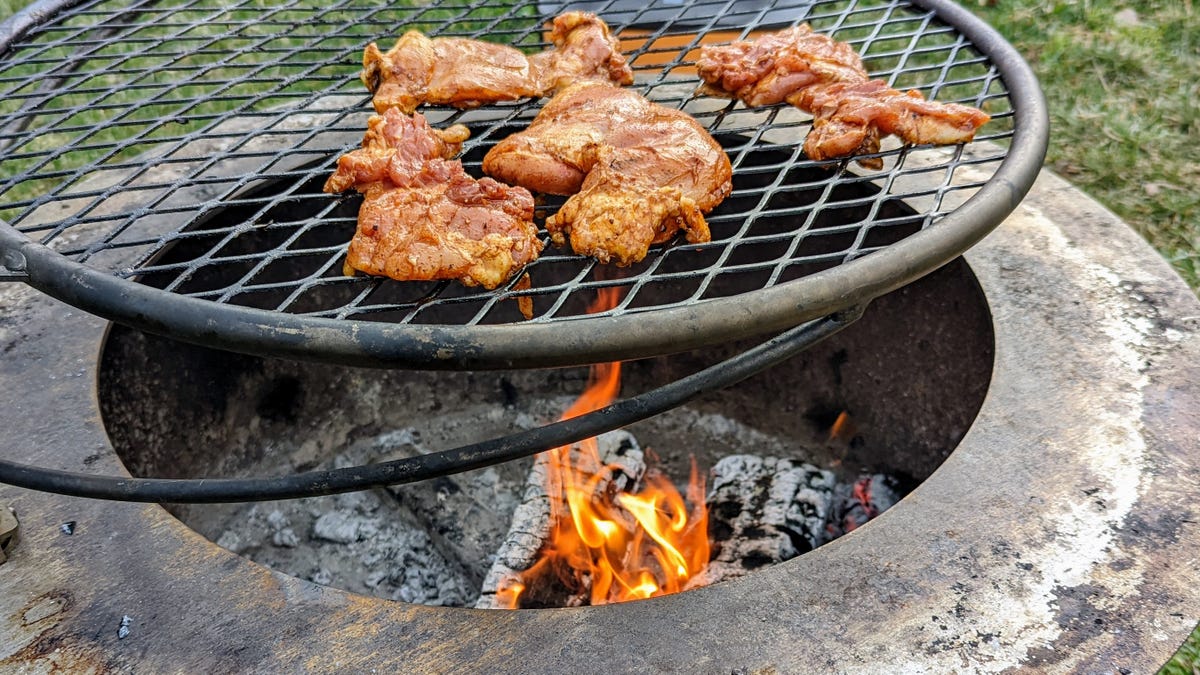

Outdoor Entertaining
How To Grill On A Fire Pit
Modified: March 2, 2024
Learn how to elevate your outdoor entertaining with our expert tips on grilling on a fire pit. Discover the best techniques and recipes for a memorable outdoor dining experience.
(Many of the links in this article redirect to a specific reviewed product. Your purchase of these products through affiliate links helps to generate commission for Storables.com, at no extra cost. Learn more)
Introduction
Are you ready to elevate your outdoor entertaining game? Grilling on a fire pit is a fantastic way to bring friends and family together for a memorable and delicious experience. The primal allure of cooking over an open flame, the tantalizing aroma of sizzling food, and the cozy warmth of the fire create an ambiance that is hard to beat. Whether you’re a seasoned grilling enthusiast or just starting out, mastering the art of grilling on a fire pit can open up a world of culinary possibilities.
In this comprehensive guide, we will explore everything you need to know to become a fire pit grilling maestro. From choosing the right fire pit and grill to mastering essential techniques and safety precautions, you’ll gain the knowledge and confidence to host unforgettable outdoor gatherings. So, grab your apron, gather your favorite ingredients, and let’s embark on a journey to discover the joys of grilling on a fire pit.
Key Takeaways:
- Elevate your outdoor gatherings by mastering fire pit grilling. Choose the right fire pit, prepare it safely, and embrace diverse grilling techniques for unforgettable culinary experiences.
- Prioritize safety, maintenance, and creativity when grilling on a fire pit. Create a secure environment, maintain your equipment, and unleash your culinary creativity for memorable outdoor feasts.
Read also: 8 Best Fire Pit Grill for 2025
Choosing the Right Fire Pit for Grilling
When it comes to grilling on a fire pit, selecting the right fire pit is the first crucial step. There are various types of fire pits available, each with its own unique features and benefits. Here are some key factors to consider when choosing a fire pit for grilling:
- Size and Shape: The size and shape of the fire pit will impact the grilling experience. A larger fire pit provides more space for grilling, allowing you to cook for a larger group. Additionally, consider the shape of the fire pit – round, square, or rectangular – to determine the layout of the grilling area.
- Material: Fire pits are commonly made from materials such as steel, cast iron, copper, or stone. Each material has its own aesthetic appeal and durability. For grilling purposes, opt for a fire pit that can withstand high heat and is suitable for cooking surfaces.
- Accessibility: Look for a fire pit that offers easy access to the grilling area. Some fire pits come with built-in grilling grates, while others may require the use of separate grill attachments. Consider the convenience of adding and removing food from the grill when evaluating different fire pit options.
- Portability: If you plan to move your fire pit for different events or locations, consider a portable option that is easy to transport and set up.
- Multipurpose Functionality: Some fire pits are designed specifically for grilling, while others may serve multiple functions such as providing warmth, ambiance, and even serving as a table when not in use for grilling. Assess your preferences and intended use to choose a fire pit that aligns with your needs.
By carefully considering these factors, you can select a fire pit that not only enhances your grilling experience but also complements your outdoor space. Once you’ve chosen the perfect fire pit, you’ll be one step closer to creating memorable culinary delights over an open flame.
Preparing the Fire Pit
Before you embark on your fire pit grilling adventure, it’s essential to properly prepare the fire pit to ensure a safe and efficient cooking environment. Follow these steps to prepare your fire pit for grilling:
- Clean the Fire Pit: Start by thoroughly cleaning the fire pit to remove any debris, ashes, or leftover charcoal from previous fires. This will create a clean surface for grilling and prevent any unwanted flavors from affecting your food.
- Check Ventilation: Adequate ventilation is crucial for a healthy fire. Ensure that the air vents or openings in the fire pit are clear and unobstructed to promote proper airflow, which is essential for maintaining a consistent and controllable fire.
- Choose Quality Fuel: Select high-quality charcoal or hardwood that is suitable for grilling. Avoid using softwoods or treated wood, as they can produce excessive smoke and impart undesirable flavors to the food.
- Arrange the Fuel: Arrange the charcoal or wood in the fire pit, taking care to create a stable base for the fire. Consider using a charcoal chimney starter to ignite the charcoal outside the fire pit and then transfer it once it reaches the desired temperature.
- Light the Fire: Use a long-reach lighter or matches to ignite the fuel. If using charcoal, allow it to burn until it develops a layer of white ash, indicating that it is ready for grilling. For wood fires, allow the flames to stabilize and the wood to burn down to hot embers for optimal grilling conditions.
By following these preparation steps, you can establish a clean, well-ventilated, and properly fueled fire pit that is ready to deliver the heat needed for a successful grilling session. With the fire pit primed and ready, you’re all set to begin the culinary magic of grilling over an open flame.
Selecting the Right Grill for Your Fire Pit
Choosing the appropriate grill for your fire pit is a pivotal decision that directly impacts the grilling experience. The type of grill you select will influence the heat distribution, cooking methods, and overall versatility of your outdoor cooking setup. Consider the following options when selecting a grill for your fire pit:
- Grill Grates: Some fire pits come with built-in grill grates, offering a convenient and integrated grilling solution. These grates are designed to fit securely over the fire pit, providing a stable cooking surface for your food.
- Adjustable Grate Heights: Look for grills with adjustable heights to control the distance between the heat source and the cooking surface. This feature allows you to fine-tune the heat intensity, accommodating various types of food and cooking techniques.
- Portable Grills: If your fire pit does not have a built-in grilling option, consider portable grill attachments that are specifically designed to sit securely over the fire pit. These grills are versatile and can be easily removed when not in use, allowing you to enjoy the fire pit for warmth and ambiance.
- Rotisserie Attachments: For an added dimension to your grilling experience, explore the option of rotisserie attachments that can be used with your fire pit. Rotisserie cooking imparts a unique flavor and even cooking to meats and vegetables, elevating your outdoor culinary repertoire.
- Grill Baskets and Accessories: Enhance your grilling capabilities with specialized accessories such as grill baskets for vegetables, fish, or delicate foods. These accessories expand the range of dishes you can prepare on your fire pit, adding creativity and diversity to your outdoor cooking ventures.
By carefully considering these grill options, you can tailor your fire pit to accommodate your preferred cooking styles and culinary aspirations. Whether you opt for a traditional grill grate, an adjustable attachment, or specialized accessories, the right grill will serve as the cornerstone of your fire pit grilling endeavors, unlocking a world of delectable outdoor dining possibilities.
Building and Maintaining the Fire
Building and maintaining a well-balanced fire is essential for successful fire pit grilling. Achieving and sustaining the ideal heat level is crucial for cooking food to perfection and infusing it with the enticing smokiness that makes outdoor grilling so irresistible. Here’s a step-by-step guide to building and tending to the fire in your fire pit:
- Layering the Fuel: Start by arranging the charcoal or wood in the fire pit, creating a base layer that allows for sufficient airflow. For charcoal grilling, consider using a charcoal chimney starter to ignite the charcoal outside the fire pit and then transfer it once it’s ready. When using wood, position the logs or pieces of wood strategically to promote even burning and consistent heat production.
- Establishing the Fire: Use a long-reach lighter or matches to ignite the fuel, ensuring that the fire starts evenly across the fuel bed. If using wood, allow the flames to stabilize and the wood to burn down to hot embers, which provide a steady and reliable heat source for grilling.
- Adjusting the Heat: As the fire develops, monitor the heat level and adjust the arrangement of the fuel as needed. For charcoal grilling, regulate the heat by adjusting the air vents on the fire pit to control the airflow and, subsequently, the intensity of the fire. With wood fires, add additional logs or embers to maintain the desired heat level for grilling.
- Even Heat Distribution: Distribute the embers or charcoal evenly across the base of the fire pit to create a consistent cooking surface. This ensures that your food receives uniform heat, leading to balanced and thorough cooking results.
- Maintaining the Fire: Throughout the grilling process, periodically tend to the fire by adding fuel as needed and adjusting the airflow to sustain the desired heat. This proactive approach ensures a steady and reliable heat source for the duration of your grilling session.
By following these guidelines, you can build and maintain a well-managed fire that provides the optimal heat for grilling. The ability to control and maintain the fire fosters a rewarding grilling experience, allowing you to craft delectable dishes infused with the irresistible essence of open-flame cooking.
When grilling on a fire pit, make sure to use hardwood for a longer, more consistent heat. This will help you achieve a better sear on your food and prevent flare-ups.
Read more: How To Fire Clay In A Fire Pit
Grilling Techniques and Tips
Mastering the art of fire pit grilling involves understanding various techniques and implementing expert tips to achieve exceptional results. Whether you’re grilling succulent steaks, vibrant vegetables, or savory seafood, employing the right techniques and strategies can elevate your outdoor culinary creations. Here are essential grilling techniques and tips to enhance your fire pit cooking prowess:
- Direct vs. Indirect Heat: Understand the difference between direct and indirect grilling. Direct heat is ideal for searing meats and achieving caramelization, while indirect heat is suitable for slow-cooking and gently grilling delicate foods.
- Preheating the Grill: Ensure that the grill grates are thoroughly preheated before placing the food on them. Preheating promotes optimal searing and prevents sticking, resulting in beautifully grilled food with appealing grill marks.
- Flipping and Turning: Practice the art of flipping and turning your food at the right intervals to achieve even cooking. Avoid frequently flipping the food, as this disrupts the searing process and impedes the development of flavorful crusts.
- Basting and Marinating: Enhance the flavor and juiciness of your grilled food by basting it with marinades, sauces, or flavored oils during the cooking process. Additionally, marinate meats and vegetables before grilling to infuse them with delectable seasonings and aromatics.
- Monitoring Internal Temperature: Use a meat thermometer to gauge the internal temperature of meats, ensuring that they reach the desired level of doneness. This precision approach prevents overcooking and guarantees perfectly grilled meats every time.
- Adding Smoke Flavor: Experiment with adding wood chips or chunks to the fire to impart smoky flavors to your grilled dishes. Different types of wood contribute distinct flavors, allowing you to customize the taste profile of your creations.
- Resting the Food: Allow grilled meats to rest for a few minutes after cooking to redistribute the juices, resulting in tender and succulent servings. Resting also allows the internal temperature to stabilize, ensuring consistent doneness throughout the food.
By incorporating these techniques and tips into your fire pit grilling repertoire, you can hone your skills and produce delectable dishes that captivate the senses. Embrace the nuances of outdoor grilling and unleash your creativity to craft unforgettable culinary experiences over the mesmerizing flames of your fire pit.
Safety Precautions
While the allure of fire pit grilling is undeniable, it’s essential to prioritize safety to ensure a secure and enjoyable cooking experience. By adhering to key safety precautions, you can minimize risks and create a safe environment for yourself, your guests, and your outdoor space. Here are vital safety measures to observe when grilling on a fire pit:
- Clear Surroundings: Ensure that the area around the fire pit is clear of any flammable materials, including overhanging branches, dry foliage, and outdoor furniture. This prevents the risk of accidental fires and ensures a safe cooking environment.
- Stable Placement: Position the fire pit on a stable and level surface to prevent accidental tipping or shifting during grilling. This stability is crucial for safe and controlled fire management.
- Supervision: Never leave the fire pit unattended while it is in use. Continuous supervision allows you to monitor the fire, adjust the heat as needed, and promptly address any unforeseen developments.
- Fire Extinguishing Equipment: Keep a fire extinguisher, a bucket of sand, or a garden hose nearby to swiftly extinguish the fire if necessary. Being prepared with the appropriate firefighting tools is a fundamental safety practice.
- Appropriate Attire: Wear suitable attire for grilling, including an apron, heat-resistant gloves, and closed-toe shoes. This attire provides protection from heat and potential splatters, ensuring your safety during the cooking process.
- Handling Hot Surfaces: Exercise caution when handling hot grill grates, cooking utensils, and fire pit components. Use heat-resistant tools and gloves to prevent burns and injuries while maneuvering the grilling equipment.
- Children and Pets: Establish clear boundaries to keep children and pets at a safe distance from the fire pit. Educate them about the potential hazards of the fire pit and ensure that they are supervised at all times during grilling activities.
- Extinguishing the Fire: After completing the grilling session, thoroughly extinguish the fire by dousing the embers with water and ensuring that they are completely extinguished. This prevents the risk of smoldering embers reigniting and causing unintended fires.
By conscientiously implementing these safety precautions, you can create a secure and enjoyable environment for fire pit grilling, fostering peace of mind and allowing you to focus on crafting delectable dishes without compromising safety.
Cleaning Up and Maintenance
After the culinary delights have been savored and the fire pit has provided its warmth and ambiance, it’s time to attend to the essential tasks of cleaning up and maintaining the fire pit. Proper maintenance ensures the longevity of your fire pit and preserves its functionality for future grilling endeavors. Follow these steps to effectively clean up and maintain your fire pit:
- Ash Removal: Allow the fire pit to cool completely before removing the ashes. Use a shovel or ash tool to scoop out the ashes and dispose of them in a metal container designated for ash disposal. Ensure that the ashes are completely extinguished before disposal.
- Grill Grate Cleaning: Clean the grill grates by scrubbing them with a grill brush to remove any food residue and debris. For stubborn residue, use a grill cleaner or a mixture of warm, soapy water to restore the grates to a clean and sanitary state.
- Fire Pit Inspection: Regularly inspect the fire pit for any signs of wear, corrosion, or damage. Address any issues promptly to prevent further deterioration and maintain the structural integrity of the fire pit.
- Seasonal Maintenance: Depending on the material and design of your fire pit, consider performing seasonal maintenance such as reapplying protective coatings, sealing surfaces, or addressing any weather-related wear and tear to prolong the life of the fire pit.
- Storage and Covering: If your fire pit is portable or not intended for year-round use, store it in a dry, sheltered area when not in use. Consider using a weather-resistant cover to shield the fire pit from the elements and preserve its appearance and functionality.
- Grill Maintenance: Clean and maintain any grill attachments or accessories used with the fire pit. Regularly inspect and clean grill baskets, rotisserie attachments, and other grilling tools to ensure their performance and longevity.
- Fire Pit Surroundings: Maintain the area surrounding the fire pit by clearing away debris, trimming vegetation, and ensuring that the space is conducive to safe and enjoyable grilling experiences.
By diligently attending to the cleaning and maintenance of your fire pit, you can extend its lifespan, preserve its aesthetic appeal, and ensure that it remains a reliable centerpiece for countless memorable grilling gatherings. A well-maintained fire pit is not only a source of culinary inspiration but also a testament to your commitment to outdoor entertaining excellence.
Conclusion
Grilling on a fire pit transcends the realm of mere cooking; it embodies a captivating experience that engages the senses and fosters cherished moments with loved ones. The primal allure of open-flame cooking, the tantalizing aromas that envelop the outdoor space, and the communal spirit that arises around the fire pit create an ambiance that is both comforting and exhilarating.
As you embark on your fire pit grilling journey, armed with the knowledge and insights shared in this guide, you are poised to unlock a world of culinary possibilities. From selecting the perfect fire pit and grill to mastering essential techniques and safety practices, you have acquired the tools to curate unforgettable outdoor dining experiences.
Embrace the art of fire pit grilling with a spirit of creativity and exploration. Experiment with diverse ingredients, hone your grilling techniques, and savor the rewards of your culinary endeavors. Whether you’re crafting mouthwatering steaks, vibrant grilled vegetables, or indulgent desserts over the open flame, each dish becomes a testament to the joy of outdoor entertaining.
As the flames dance and the sizzle of the grill fills the air, cherish the moments of connection and conviviality that arise around the fire pit. Share stories, laughter, and delectable meals as you gather around the mesmerizing warmth of the fire. The memories forged in these moments will linger in the hearts of your guests, creating a tapestry of shared experiences that endure beyond the confines of the outdoor space.
So, stoke the fire, unleash your culinary creativity, and revel in the enchanting allure of grilling on a fire pit. Let the crackling flames and the aroma of sizzling food kindle a sense of wonder and delight, transforming each gathering into an unforgettable feast for the senses and the soul.
Frequently Asked Questions about How To Grill On A Fire Pit
Was this page helpful?
At Storables.com, we guarantee accurate and reliable information. Our content, validated by Expert Board Contributors, is crafted following stringent Editorial Policies. We're committed to providing you with well-researched, expert-backed insights for all your informational needs.
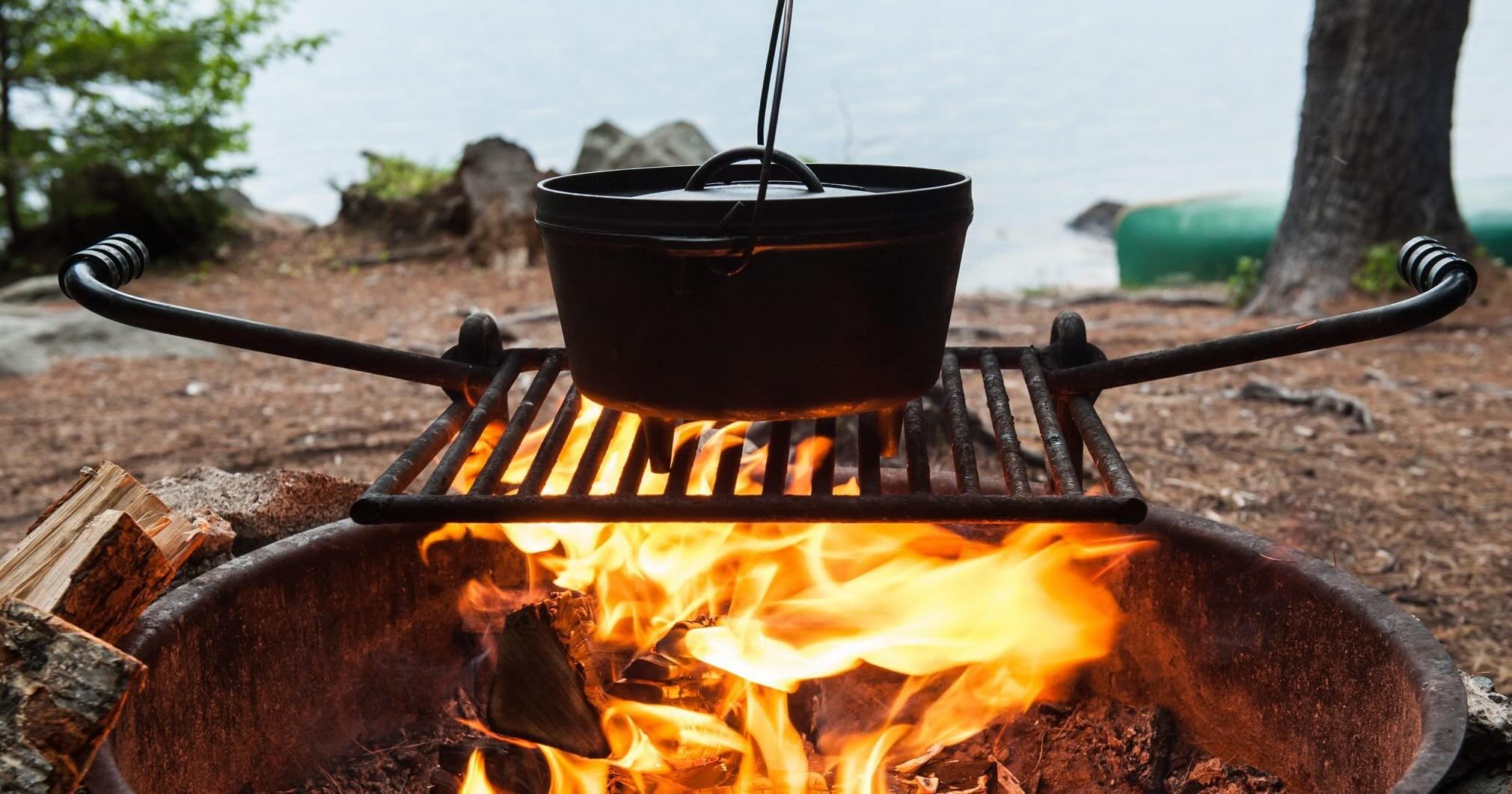
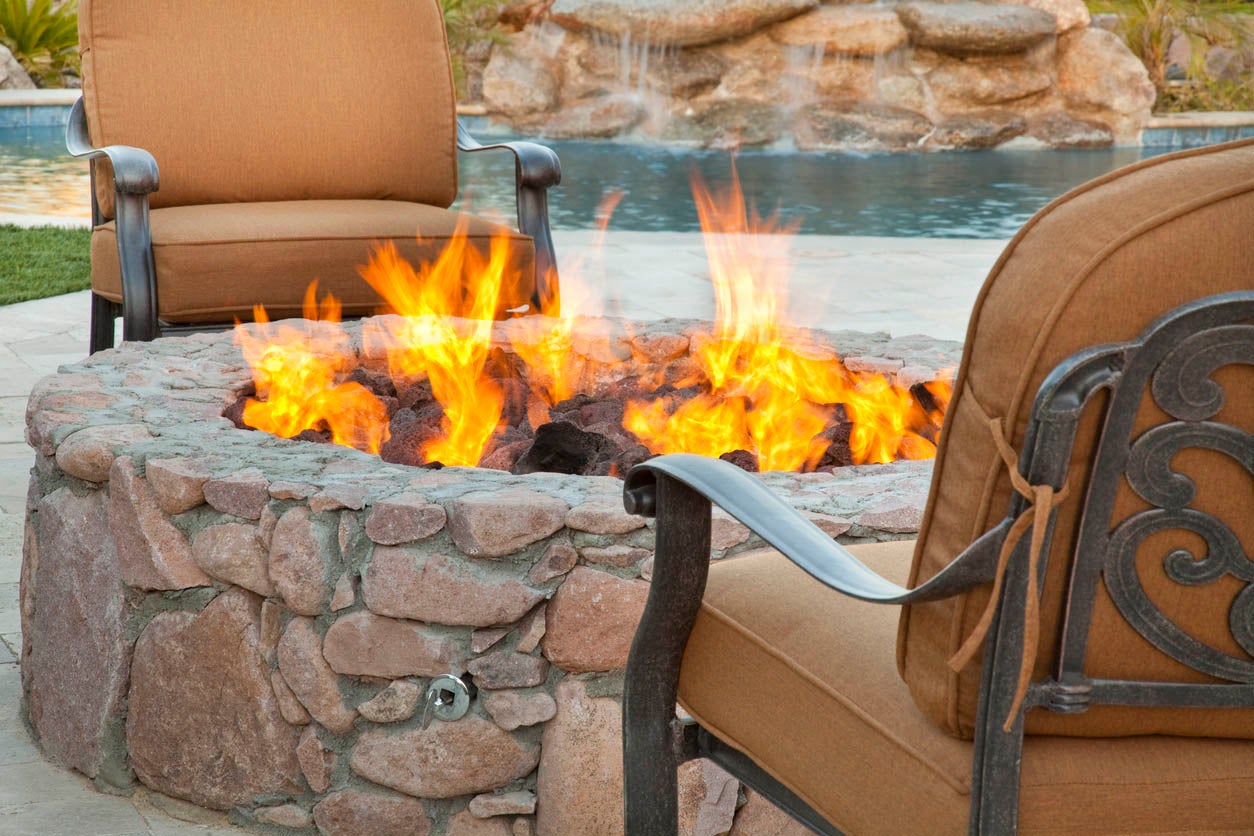
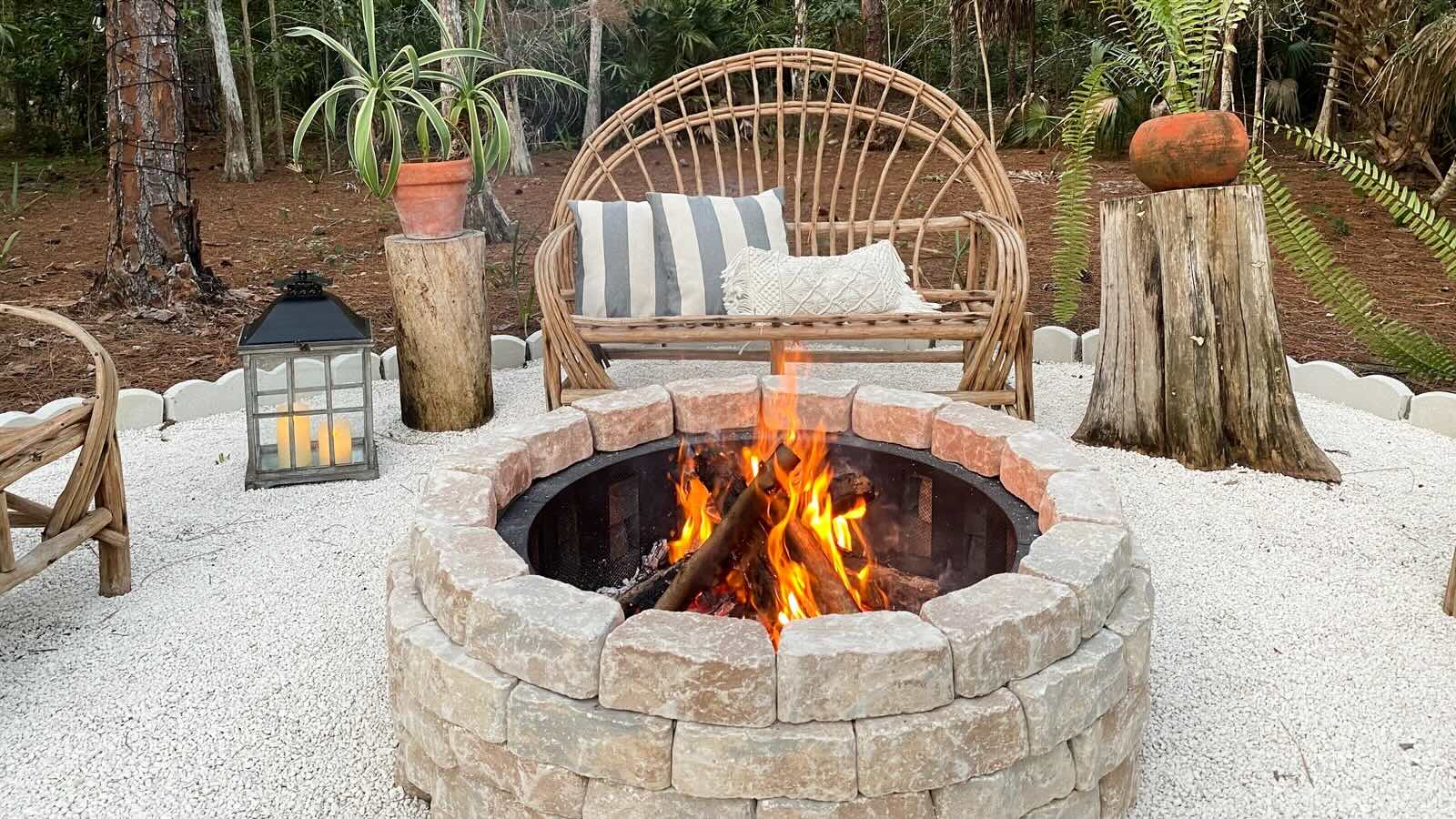
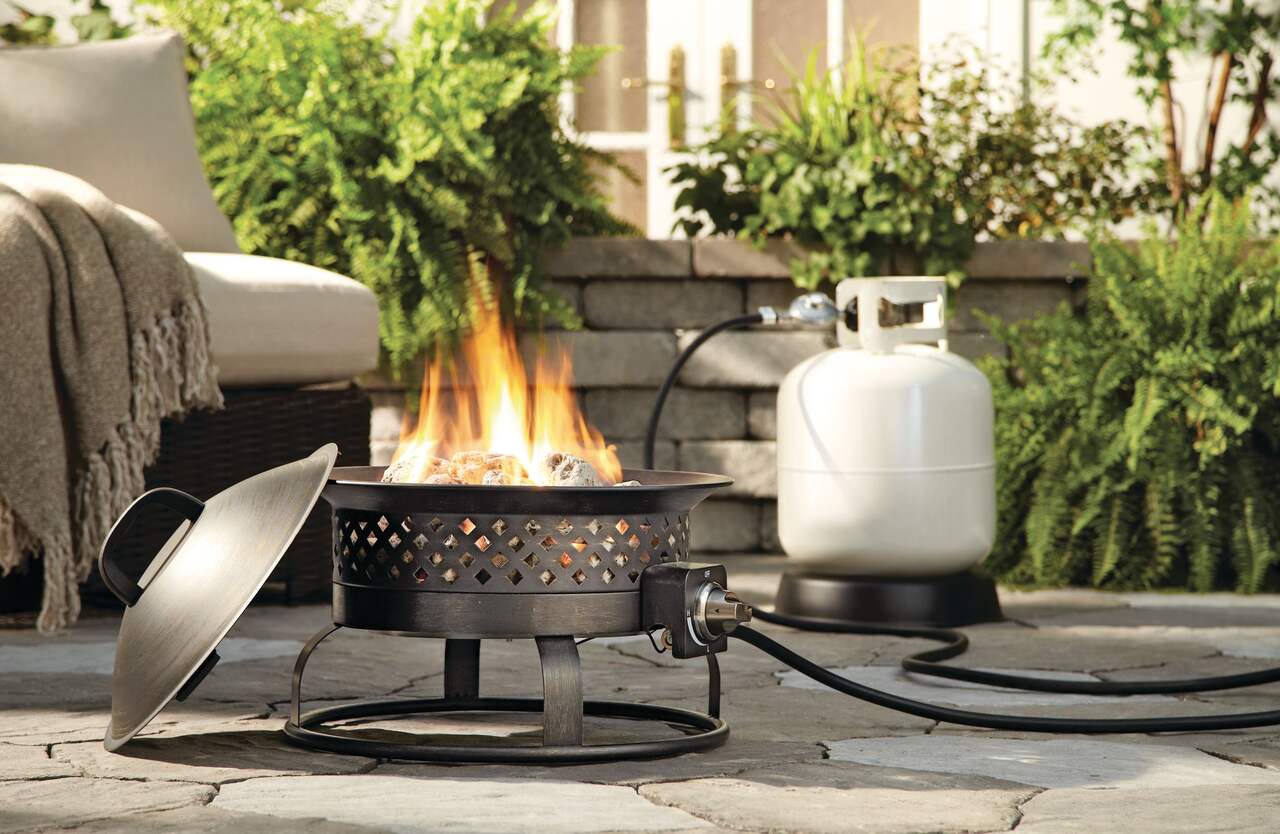
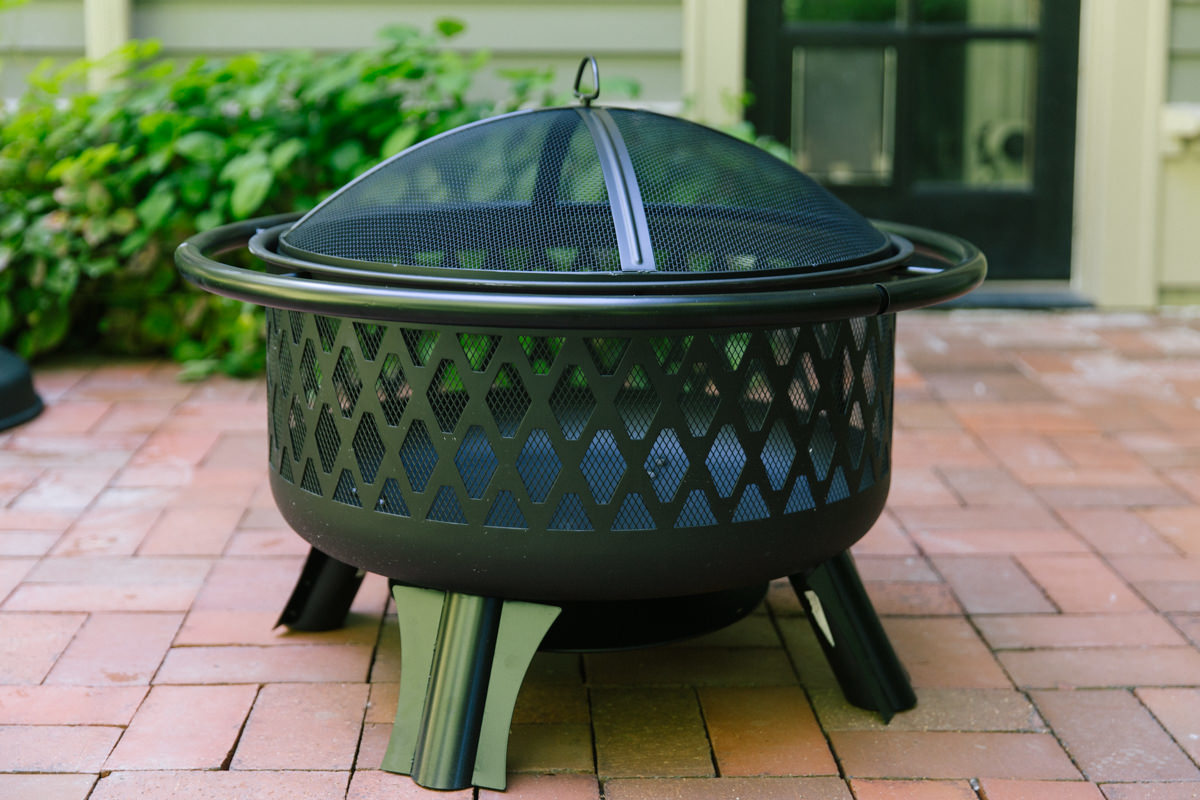
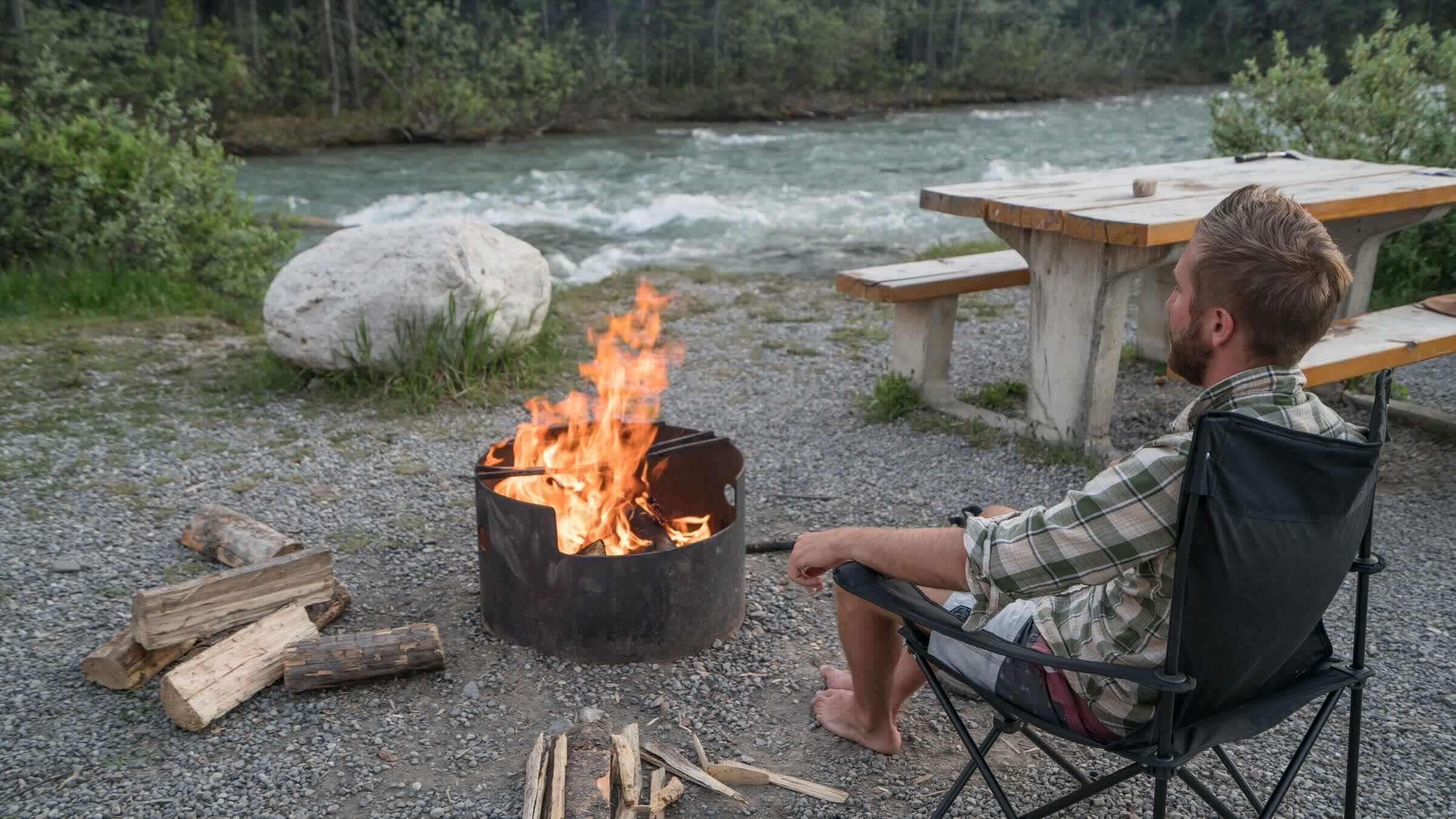
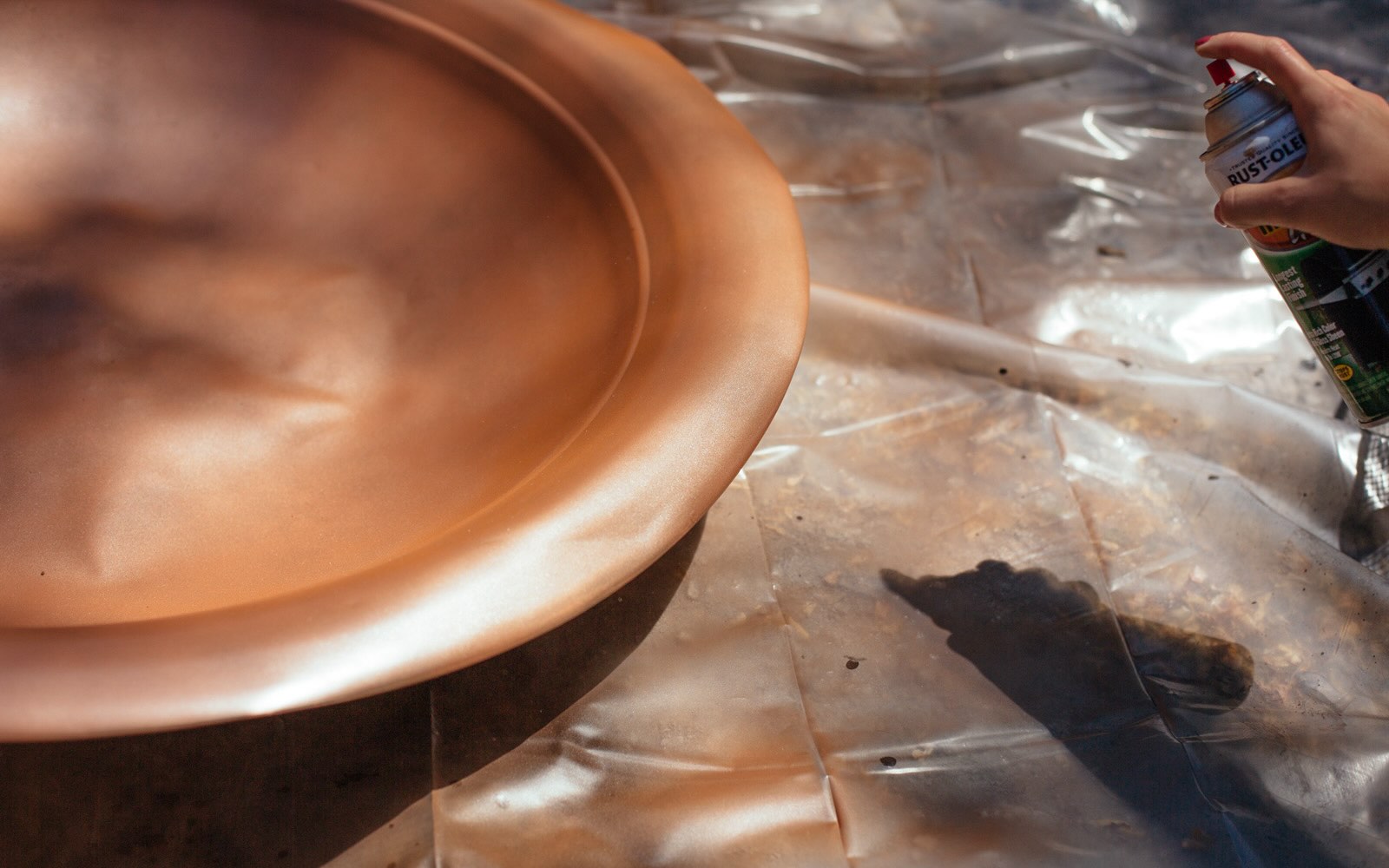
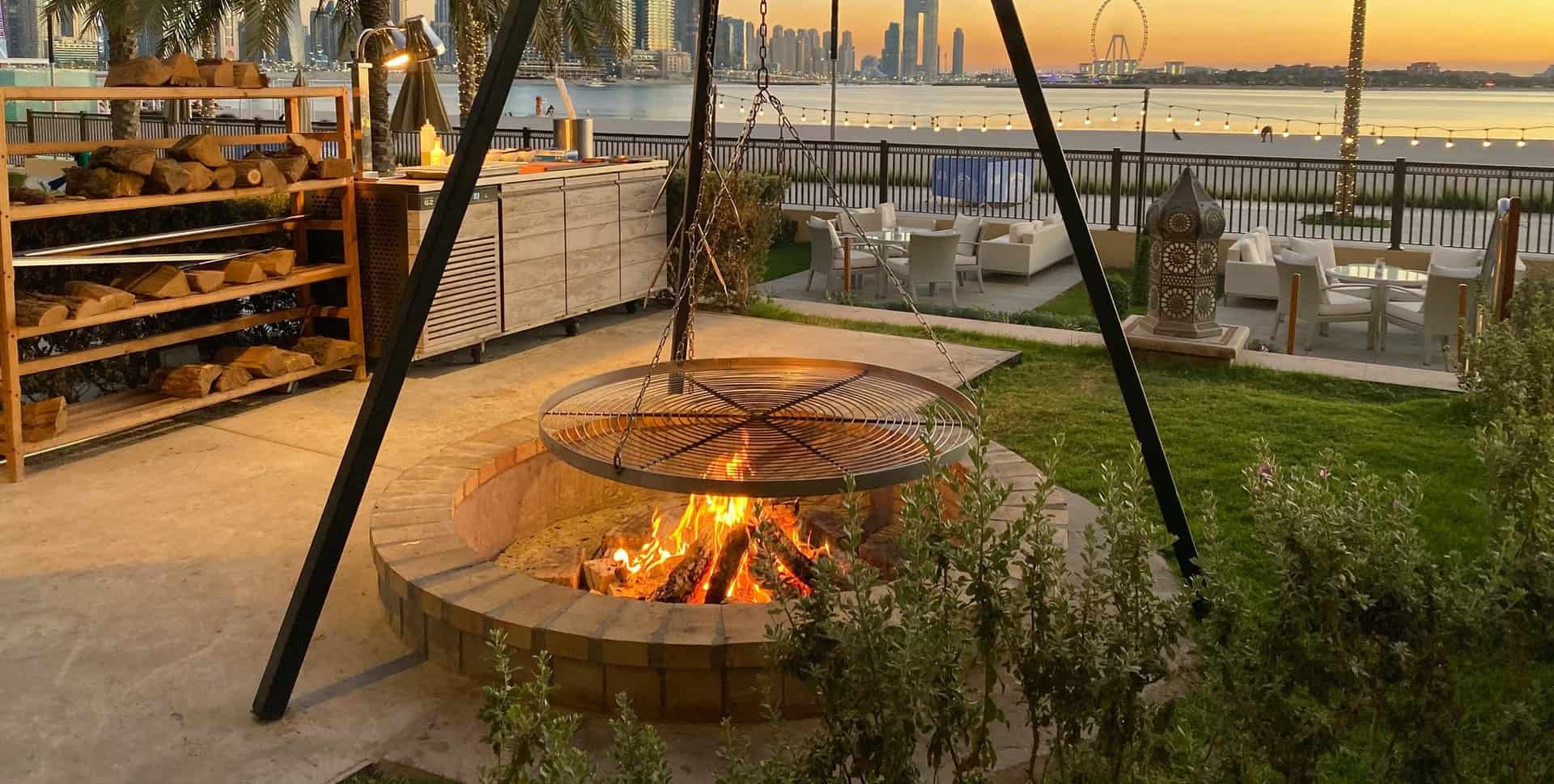
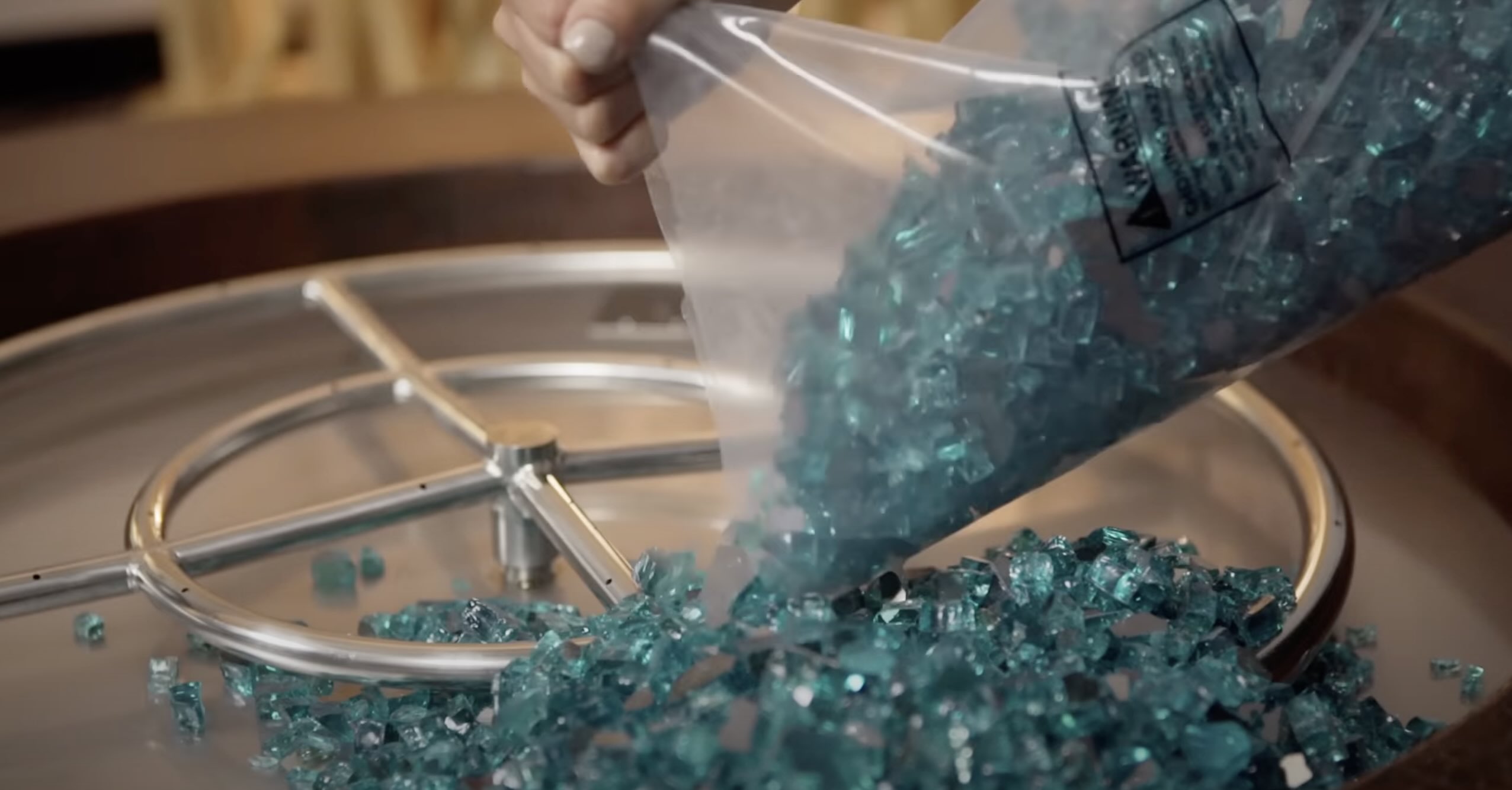
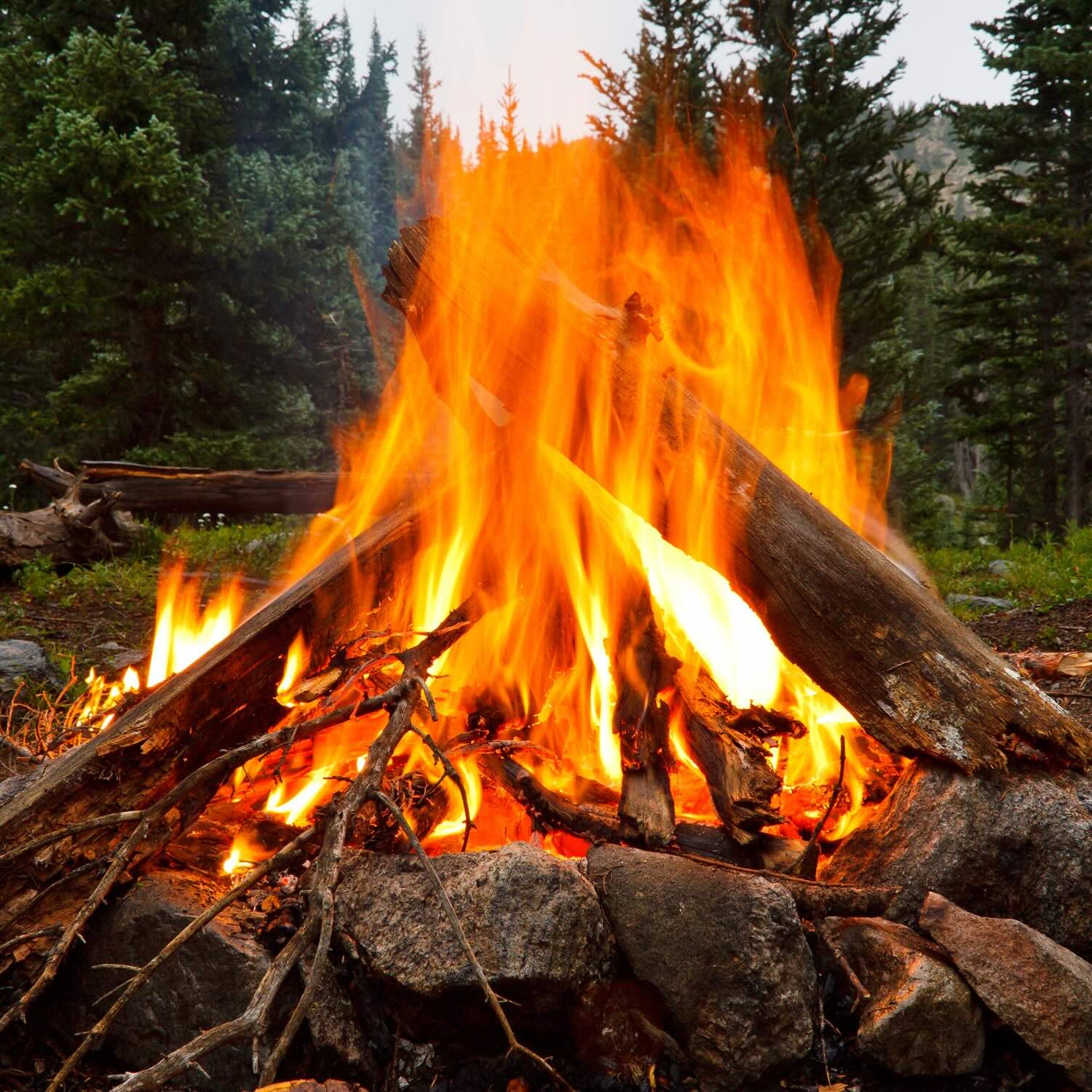
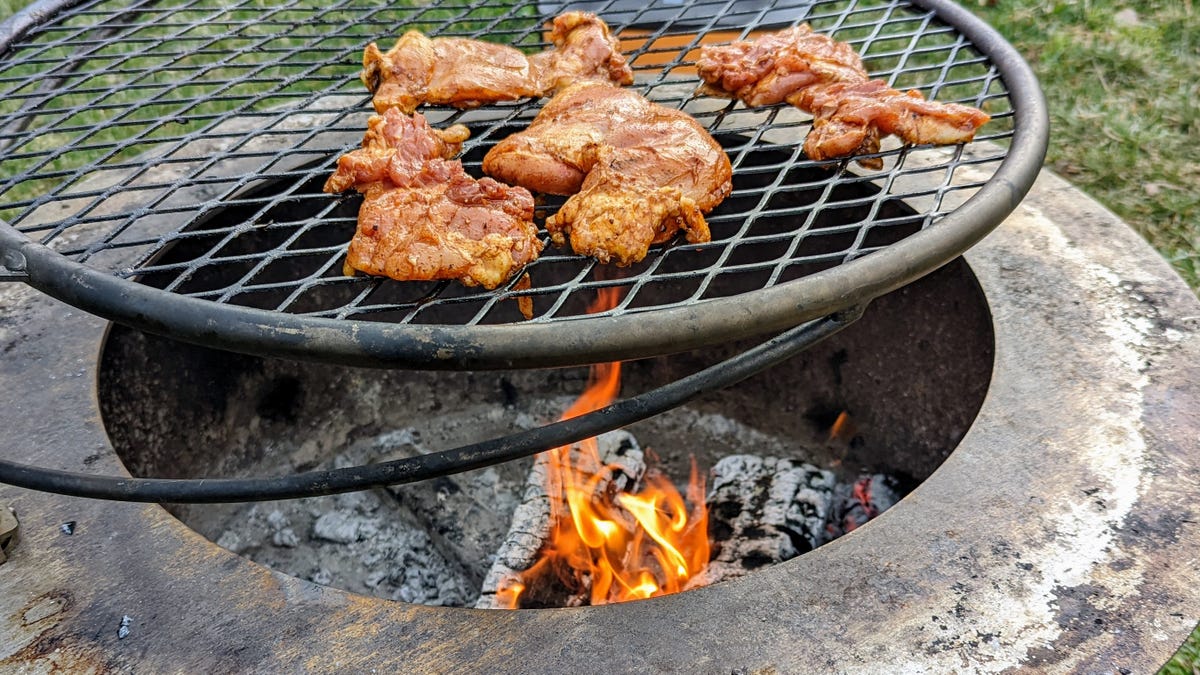

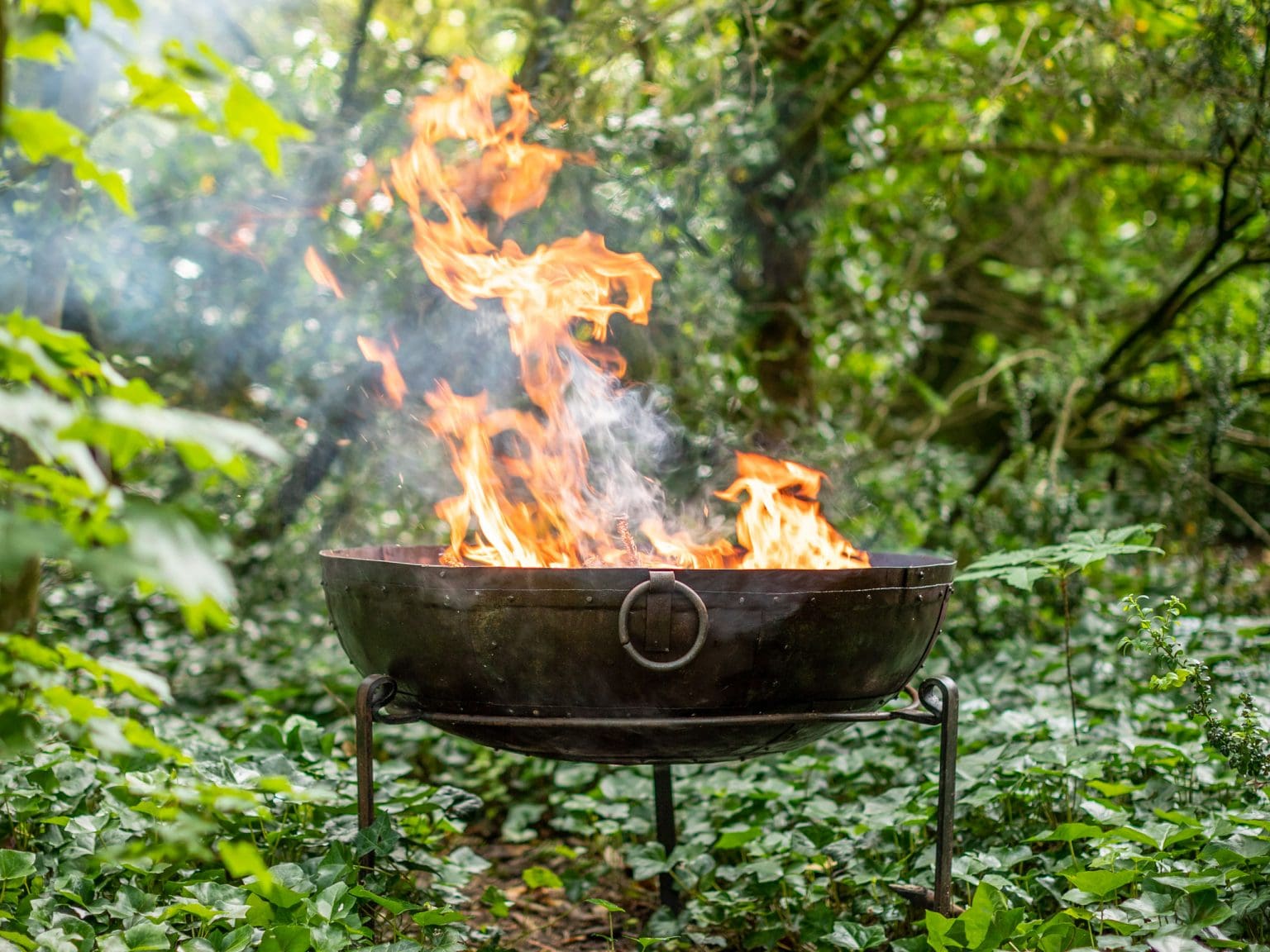
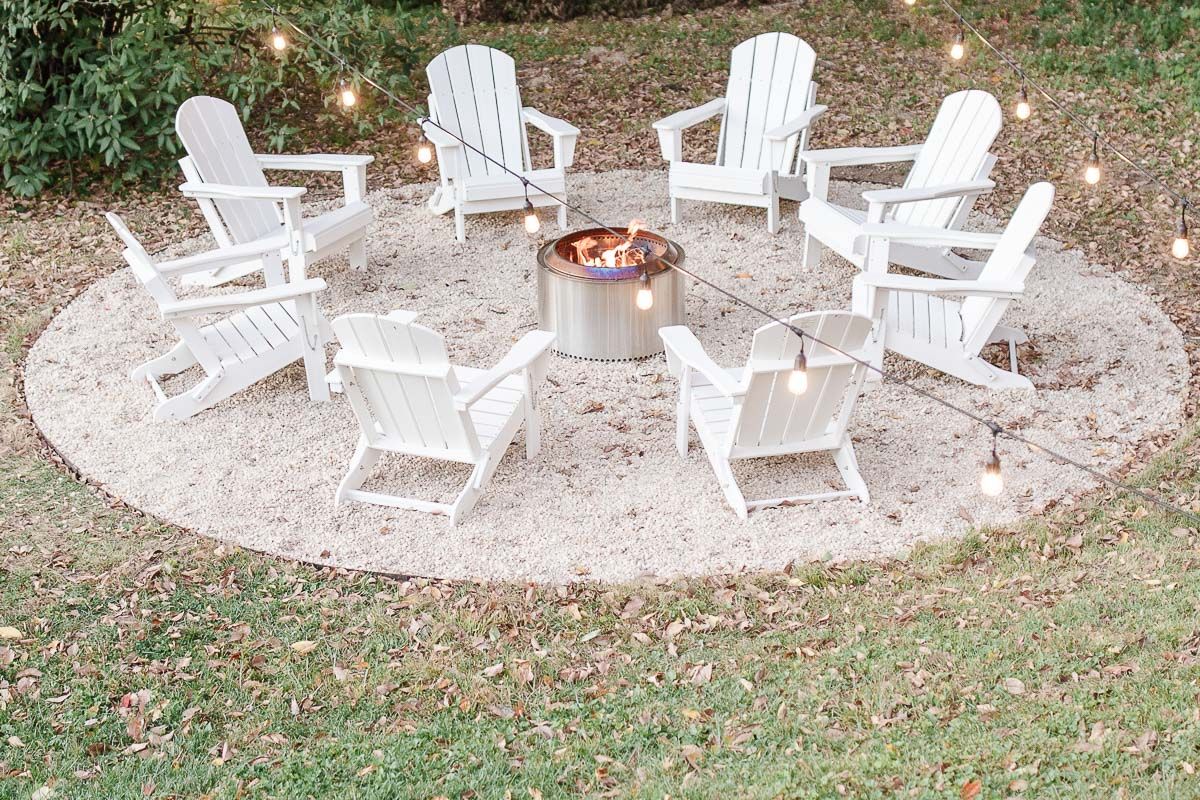

0 thoughts on “How To Grill On A Fire Pit”